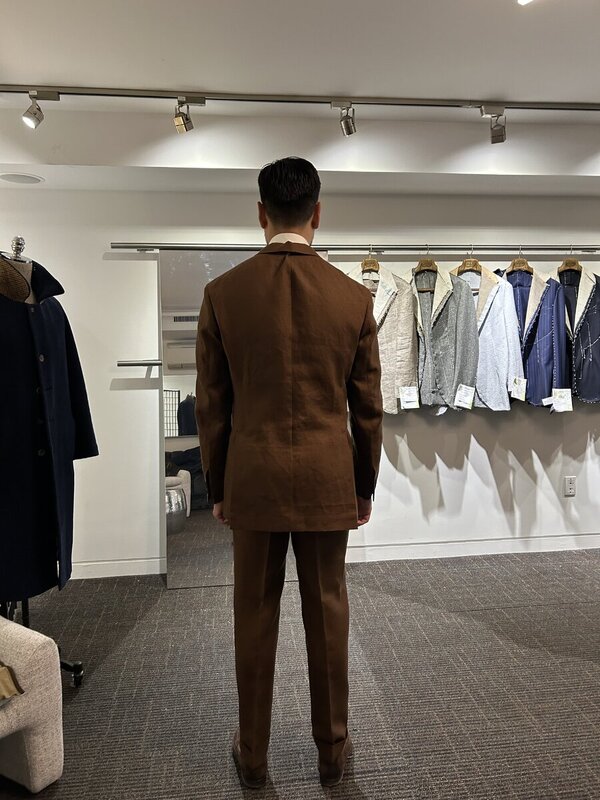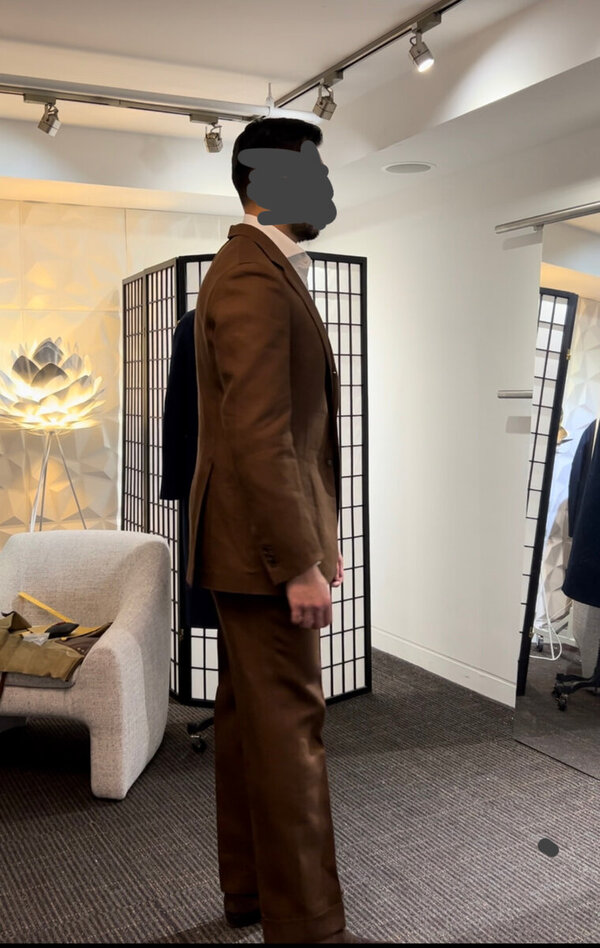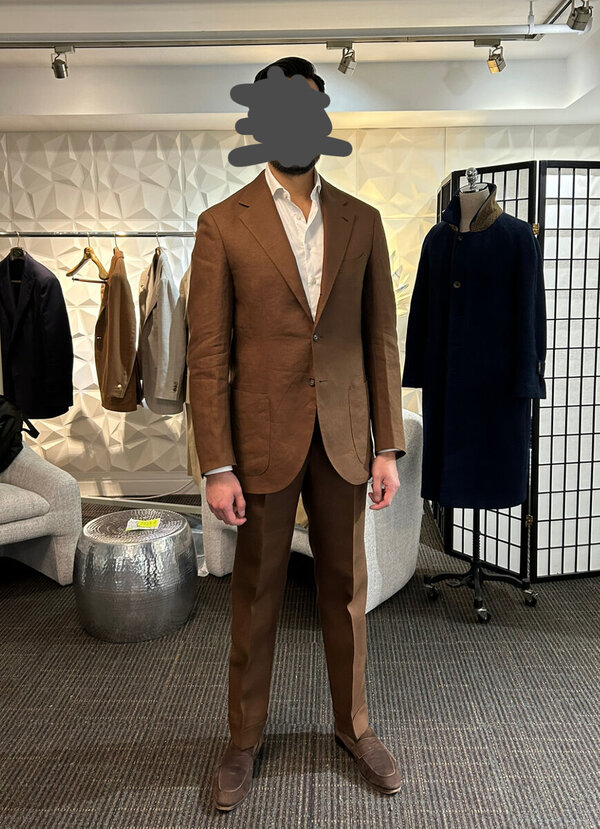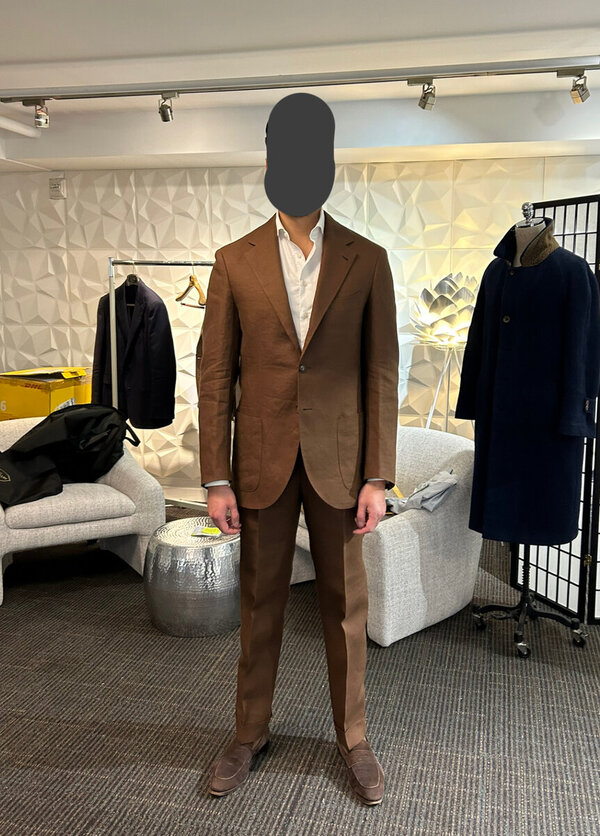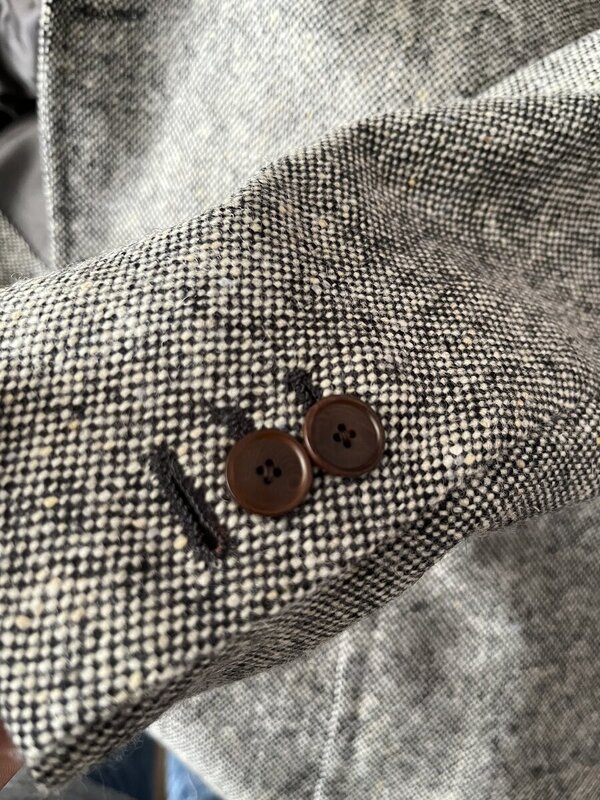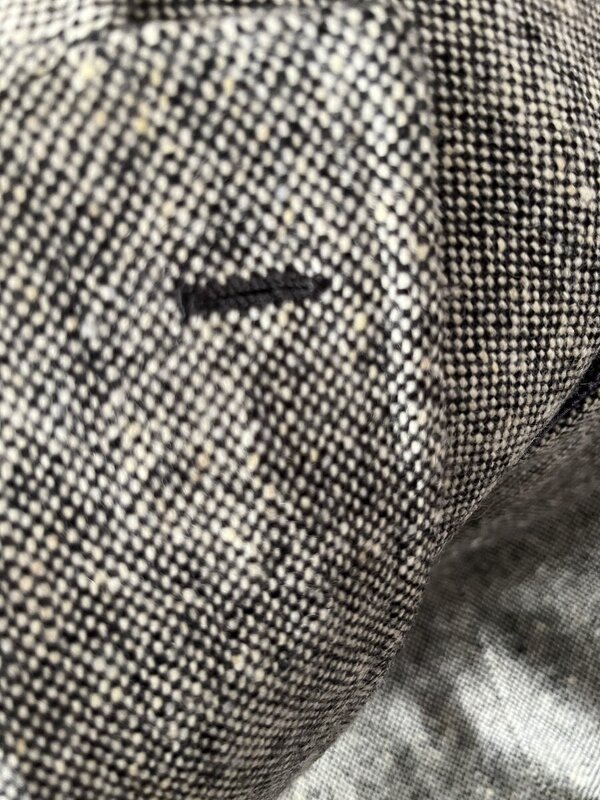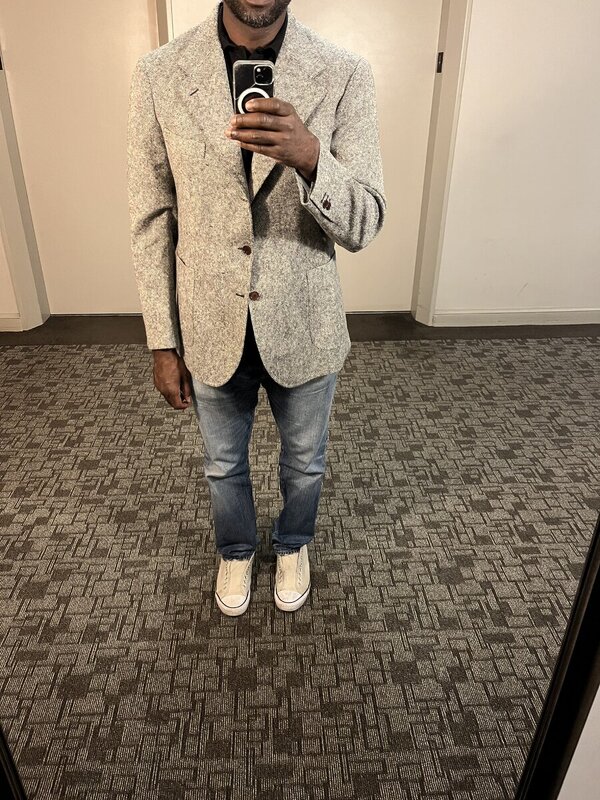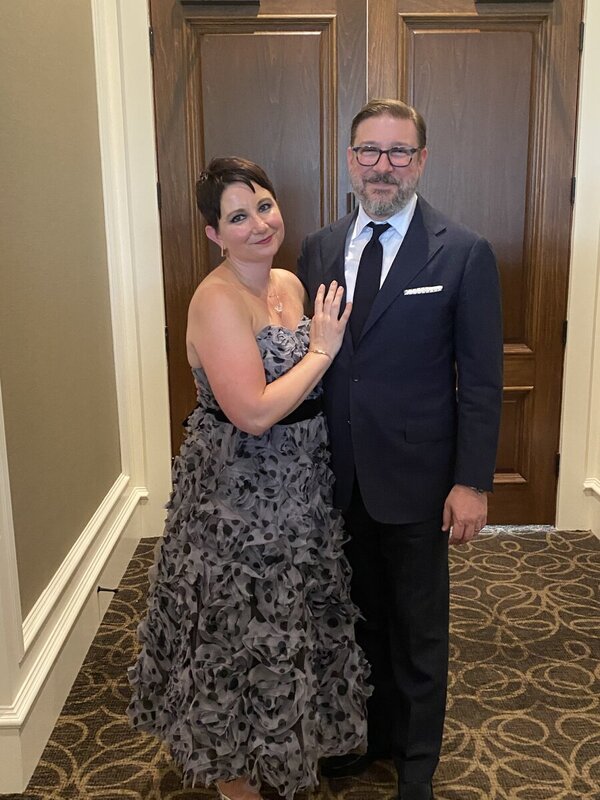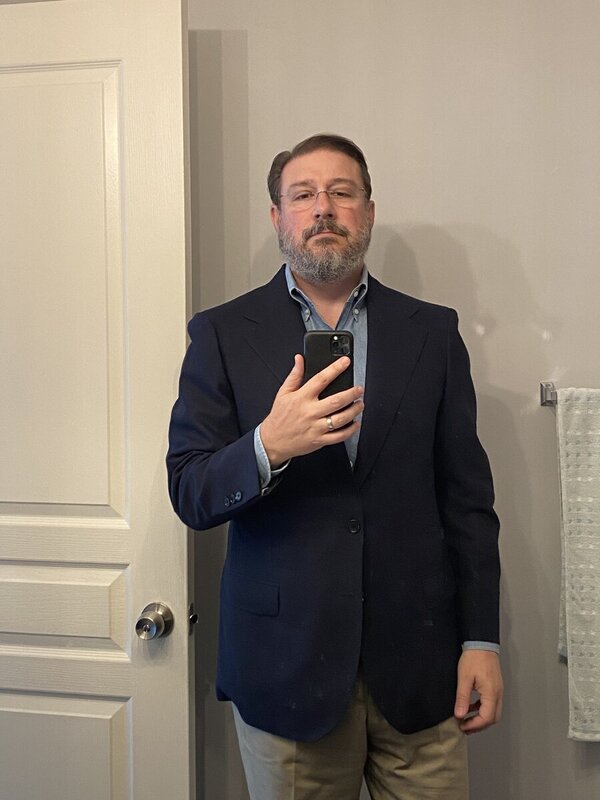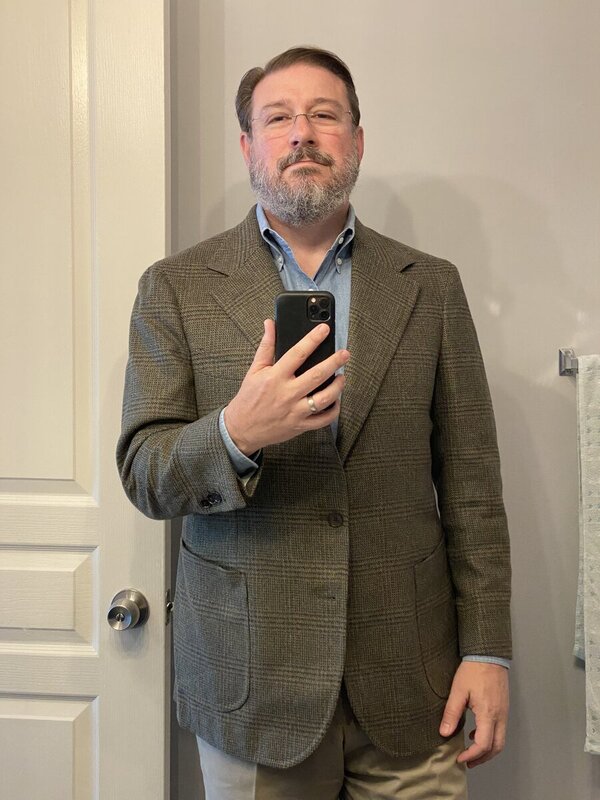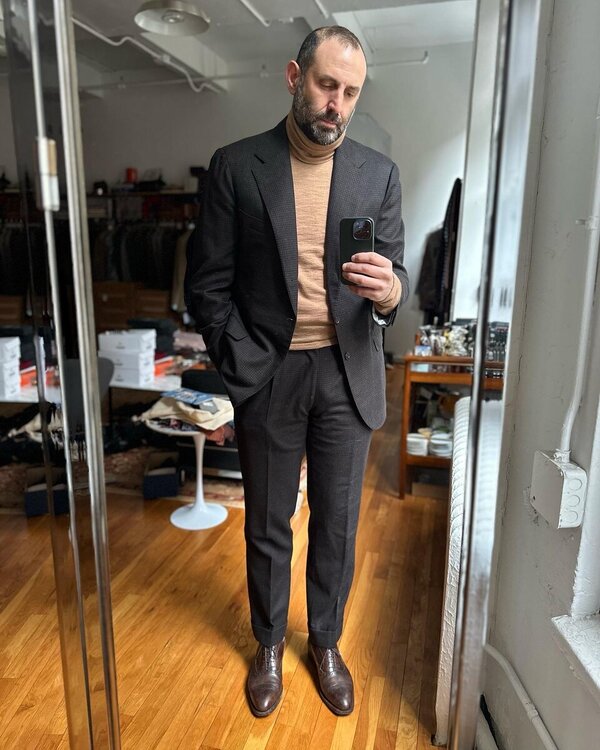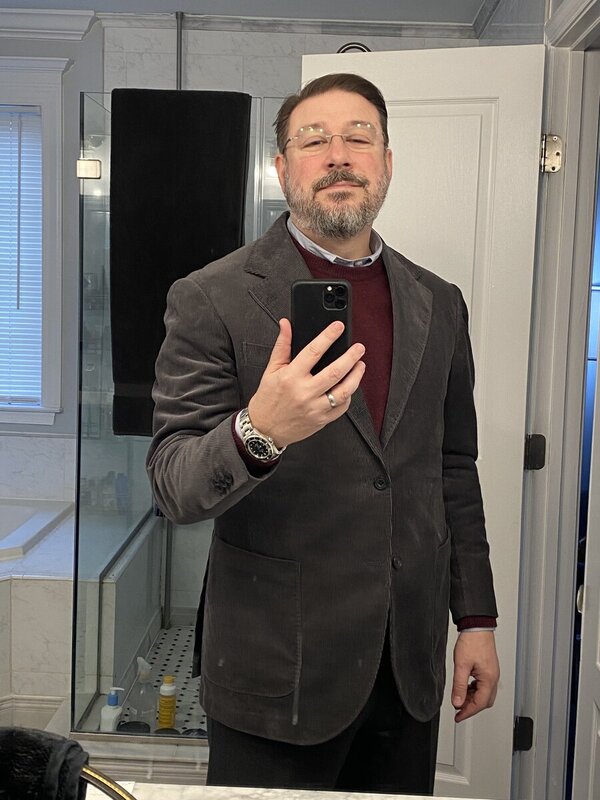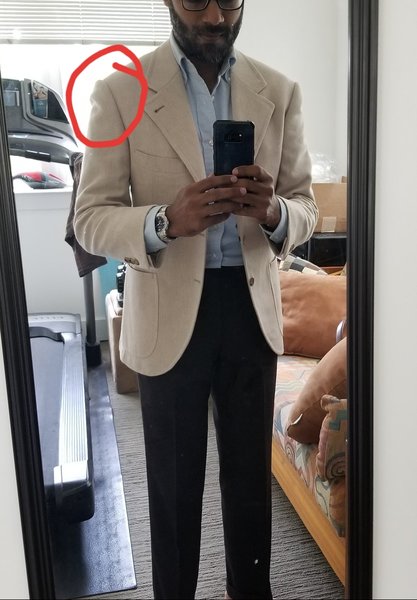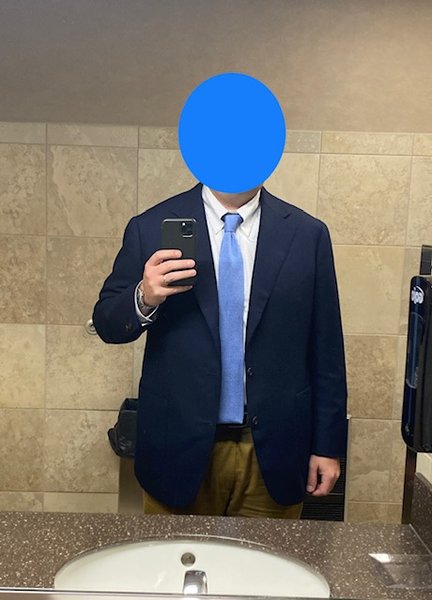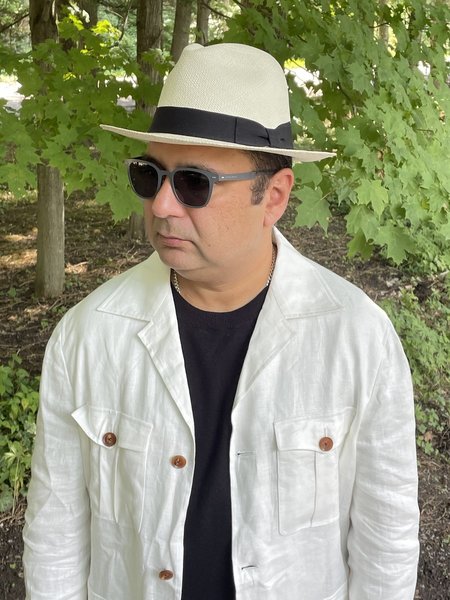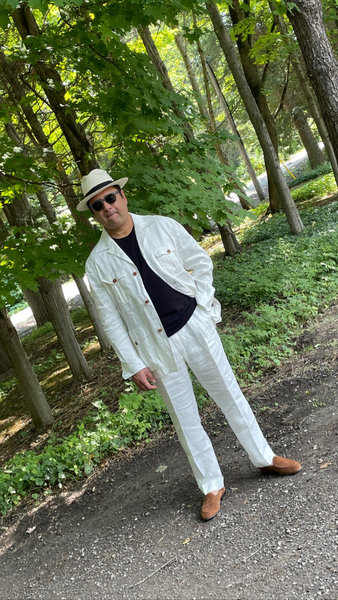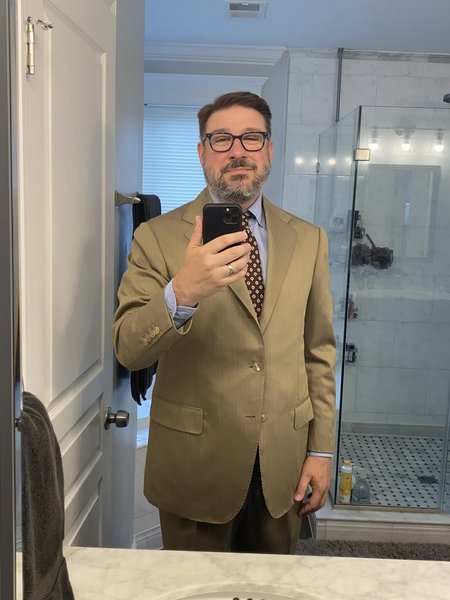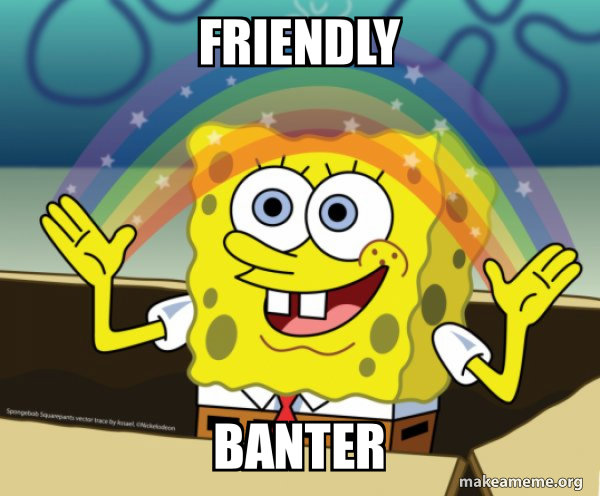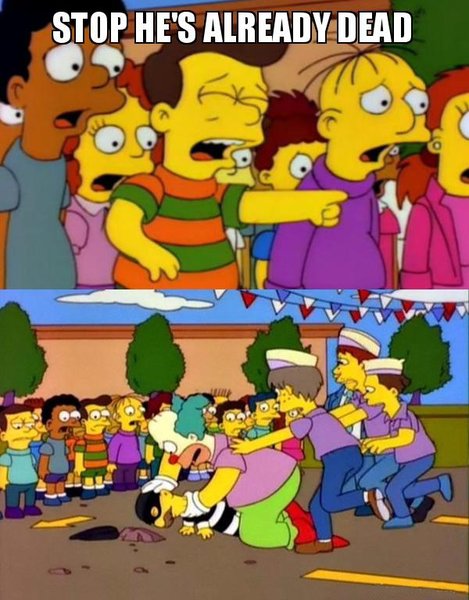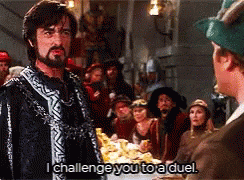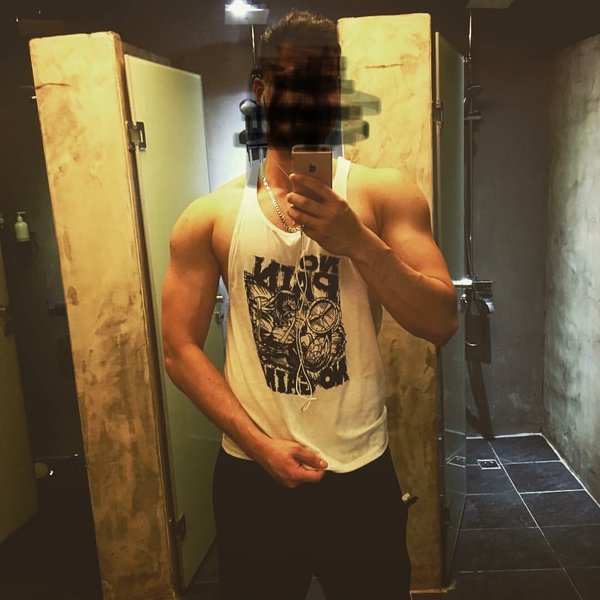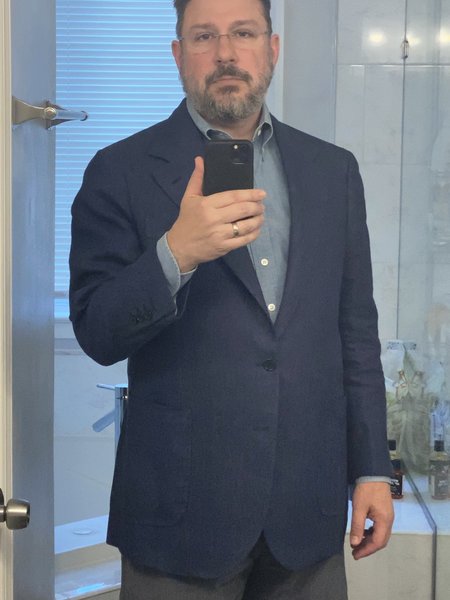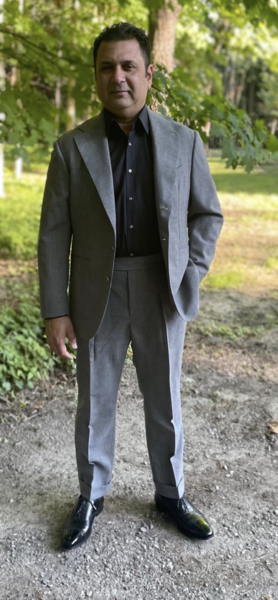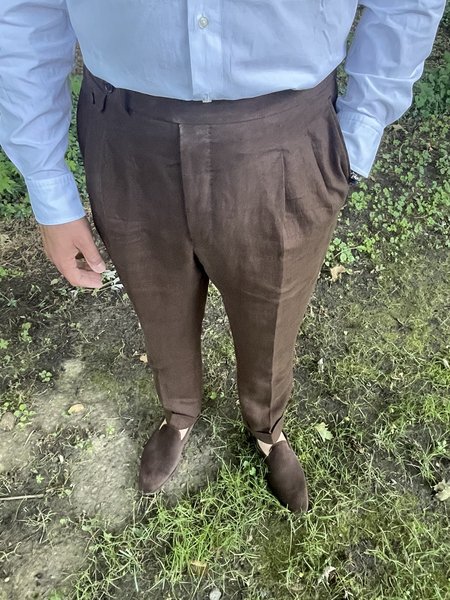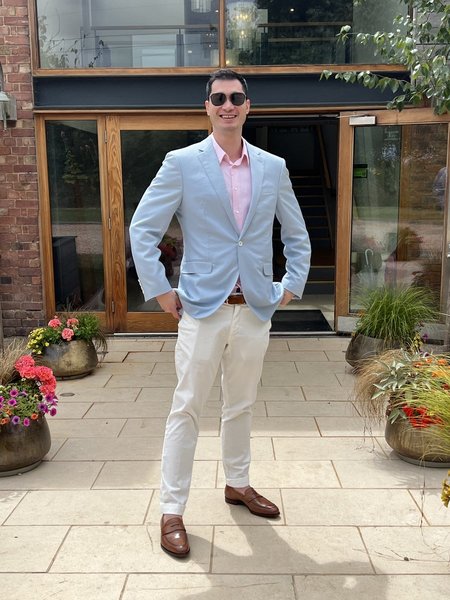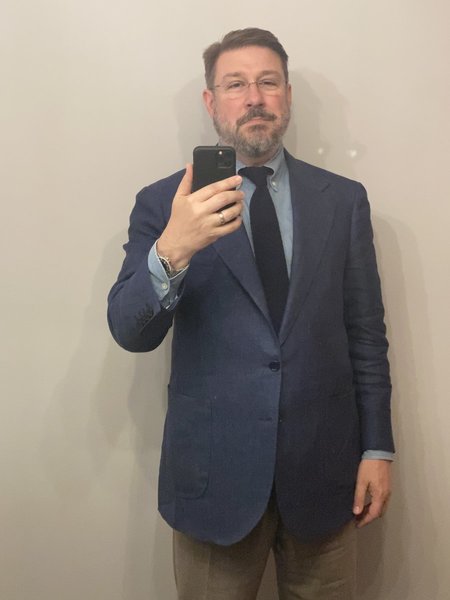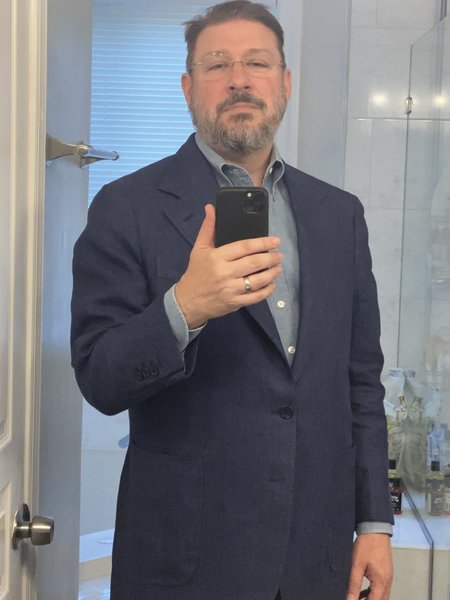Nobilis Animus
Distinguished Member
- Joined
- Nov 25, 2017
- Messages
- 2,660
- Reaction score
- 2,384
I'm not sure what you mean. But one of the advantages of going to a tailor is that he or she can better address how a suit or sport coat is supposed to fit. Most people don't know how a jacket is supposed to fit, so they need someone to guide them. Broadly speaking, sales associates are also not very good in this area.
If you go to a good tailor, they may also be known for a certain house style, which sometimes exists outside the realm of fashion (I hate using style vs fashion dichotomies, but hopefully you know what I mean). Ready to wear is much more driven by trends. But if you go to a tailoring house, that suit may be able to be worn for many decades, rather than whenever the trend for narrow lapels or whatever goes out of fashion.
The best tailoring houses, I think, are often know for a specific house style and are able to guide you towards better choices. They can also help you achieve a more flattering silhouette, which is possible in bespoke since very small changes can make a big impact on how you look. That may not always be possible with RTW or MTM since you're working with block patterns.
Obviously, this depends on your ability to find a good tailor, which is a challenge in and of itself.
Very broadly speaking, I'm generally not impressed with tailors who promise to deliver whatever the client wants. Those places lack "flavor," for lack of a better word. The suits end up looking boring.
This is broadly true for the majority of new clients today, because they do not, as you say, know how they ought to be dressed or how their clothes should fit.
What bothers me - not too much, but just slightly - is the general feeling I get from reading most bloggers and "menswear" writers that a tailor has his house style, which is correct and classic, and that one should find the tailor which best suits their own style and who can guide them in their tastes. What I am positing then is that if this is the case, there is very little difference between tailoring and designers.
Clearly there actually is a difference, or should be, and it is, or used to be, informed by the inclinations and discernment of the clients. What we call classic style didn't evolve organically or originate from tailor's shops - it is the general composition of tastes developed by the clients of these tailors who then went on to commission clothes that suited these requirements.
Of course, good tailors (both bespoke and MTM) are now well-versed in not only how to make a suit, but also what would flatter the customer more. You do not want to be an ignorant client arguing with your tailor, but rather than a tailor informing your tastes, I'm suggesting that the best model is a customer who can actually guide his tailor and have good enough fashion sense to choose things which last for himself.
A notable example is Henry Poole, who not only is famous for not being tied down to a particular house style, but also happens to be simultaneously the longest-lasting firm on Savile Row (I believe) and also responsible for starting, with input from clientele, some of the longest-lasting innovations in men's fashion.





